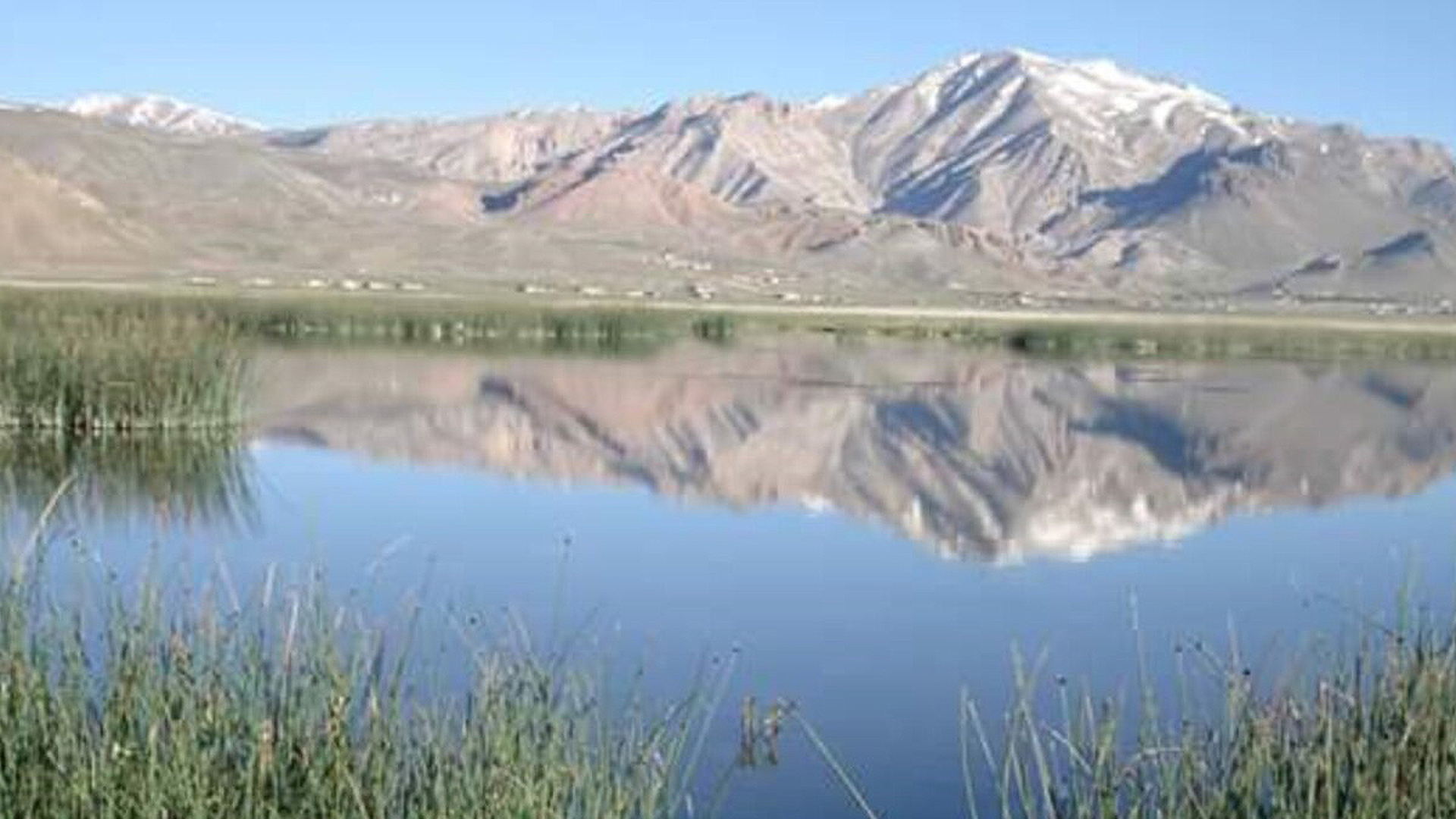CIVILISATIONS TIMELINE
☼ Prehistoric
:(100000 BCE - 3000 BCE)
☼ Ariana
:(3500 BCE - 1500 BCE)
☼ Indus Valley
:(3300 BCE - 1300 BCE)
☼ Helmand
:(3200 BCE - 1800 BCE)
☼ Oxus (BMAC)
:(2300 BCE - 1700 BCE)
☼ Achaemenid
:(550 BCE - 330 BCE)
☼ Greco-Bactrian
:(250 BCE - 125 BCE)
☼ Gandhara
:(0 CE - 400 CE)
☼ Kushan
:(30 CE - 375 CE)
☼ Sassanian Empire
:(224 CE - 651 CE)
☼ Hephthalites
:(400 CE - 500 CE)
☼ Islamic Caliphate
:(600 CE - 800 CE)
☼ Samanid dynasty
:(819 CE - 999 CE)
☼ Tahirid dynasty
:(821 CE - 873 CE)
☼ Saffarid dynasty
:(861 CE - 1003 CE)
☼ Ghurid Empire
:(879 CE - 1215 CE)
☼ Ghaznavid Empire
:(971 CE - 1186 CE)
☼ Delhi Sultanate
:(1206 CE - 1526 CE)
☼ Timurid dynasty
:(1220 CE - 1500 CE)
☼ Mughol dynasty
:(1526 CE - 1858 CE)
☼ Durrani empire
:(1747 CE - 1826 CE)
☼ Barekzai dynasty
:(1826 CE - 1929 CE)
☼ Mohamadzai dynasty
:(1929 CE - 1978 CE)
☼ Present
:(1929 CE - 2025 CE)
Dasht-e Nawur

Registration :
REG-f2460ce9d2934cf9
Name of the site:
Dasht-e Nawur
Site type :
Ancient city
Location :
Ghazni،
Nawur
Discovery date :
Discovered by:
Civilisation Era:
Prehistoric
100000 BCE - 3000 BCE :
Archaeological Era :
Stone Age,
Paleolithic Age
Historical Era :
Ancient History
Researcher:
Saif Fazel
Last update :
Dasht-e Nawur is a significant area located in Ghazni Province, Afghanistan, known for its archaeological and cultural importance. It is a large plateau situated at a high altitude (approximately 3,000 meters above sea level) and is characterized by its natural beauty, seasonal wetlands, and historical significance.
Key Features of Dasht-e Nawur
1. Archaeological Significance:
- Hunting sites, ca. 50,000 BCE.
- Buddhist Relics: Evidence suggests that Dasht-e Nawur was a thriving cultural and religious hub during the Kushan Empire (1st to 3rd centuries CE).
- Stupas and Monasteries: Archaeologists have uncovered remnants of Buddhist stupas and monastic complexes, which indicate that the area was part of the ancient Buddhist Silk Road.
- Rock Inscriptions and Art: Various inscriptions and carvings from different periods have been found in the region.
2. Geological and Natural Features:
- The plateau is home to Nawur Lake, a seasonal wetland that attracts migratory birds.
- The area is surrounded by mountainous terrain, making it an important ecological zone.
3. Historical Importance:
- The region was a crossroads for trade and cultural exchange, linking different parts of the ancient world, including Central Asia, the Indian subcontinent, and the Persian Empire.
- It played a role during the Buddhist era and later during the rise of Islamic civilization in the region.
4. Cultural Legacy:
- Local traditions and stories still reflect the area's ancient past.
- Dasht-e Nawur continues to be an important part of Afghanistan's rich historical narrative.
Challenges for Preservation:
- Like many archaeological sites in Afghanistan, Dasht-e Nawur faces threats from neglect, looting, and lack of proper preservation efforts.
- Environmental factors, such as erosion and climate change, also impact the site's condition.
Dasht-e Nawur is a testament to Afghanistan's rich and diverse history, showcasing its role as a cultural bridge between ancient civilizations.
Images / Maps credits:
- https://www.darivoa.com/a/nawar-desert/5260157.html